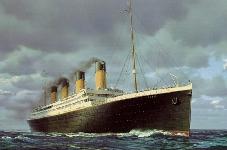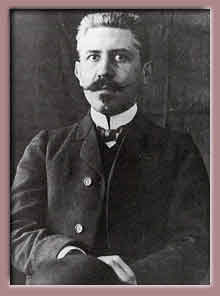Paul Langevin made it possible to detect icebergs at sea

The sinking of the Titanic spurred on Paul Langevin to find a way to detect icebergs.He created the hydrophone to accomplish this. He continued the work of Canadian Reginald Fessenden, who came up with the first working ultrasound machine in 1914. It emitted low frequency sound waves, then quickly became a receiver, to listen for the echos from objects in the water. This was the forerunner of the
ultrasound transducer.
Please check
what is ultrasound?
It could detect an iceberg two miles away, but did not indicate direction very well. This was critical for the navigation around icebergs at night. Also see
The Piezo-electric effect.

Langevin and Constantin Chilowsky invented a higher frequency ultrasound machine called the hydrophone. The ultrasound transducer they made was a sandwich of thin quartz crystals cemented between two steel plates and housed in a submersible case. It had directional detection capabilities. The onset of World War I produced political pressure to develop a way to detect submarines and this iceberg detector was perfect for the job. The first German U-boat sank after being detected by a hydrophone on April 23rd, 1916 in the Atlantic.
Next breakthrough, Dr. Karl Dussik detects brain tumors
Thinking about a home based business that works for you 24 X 7 then take the video tour.

Back to history from Paul Langevin
Genesis ultrasound machine Home Page




